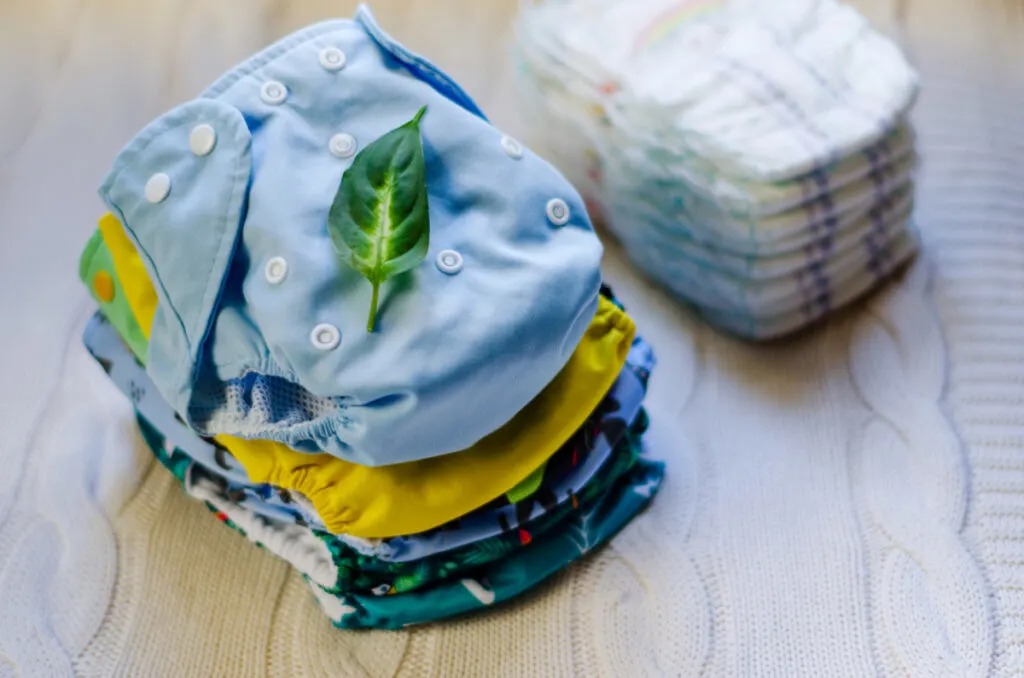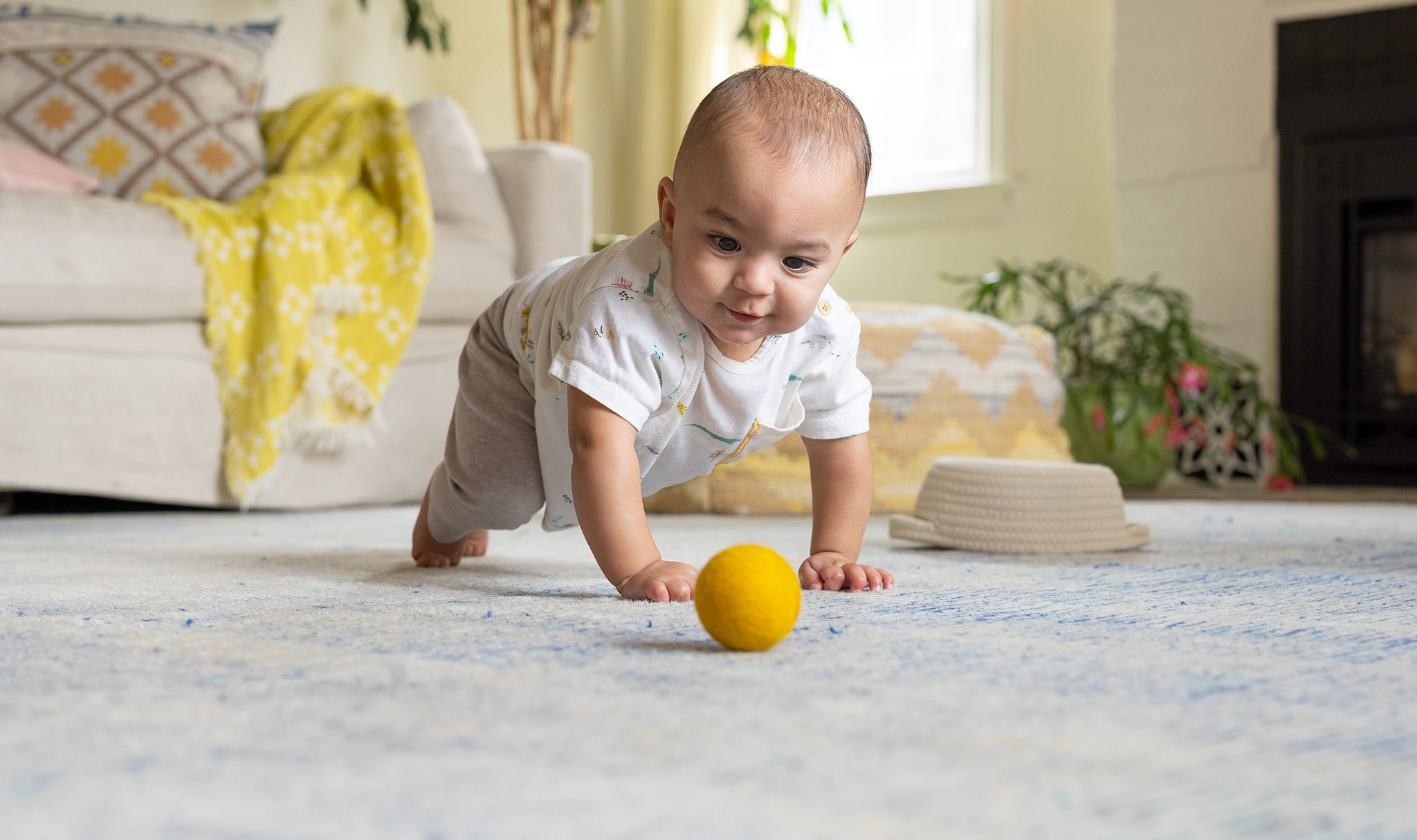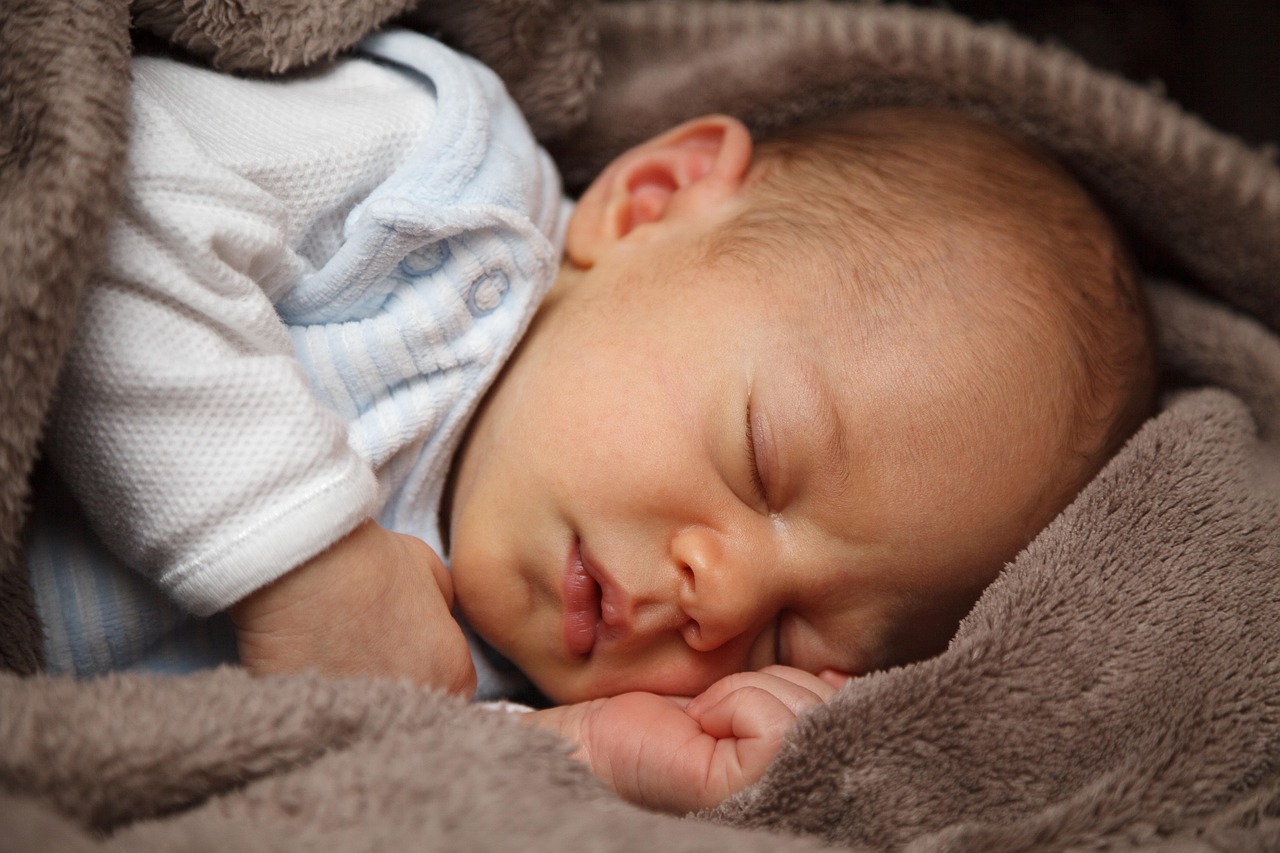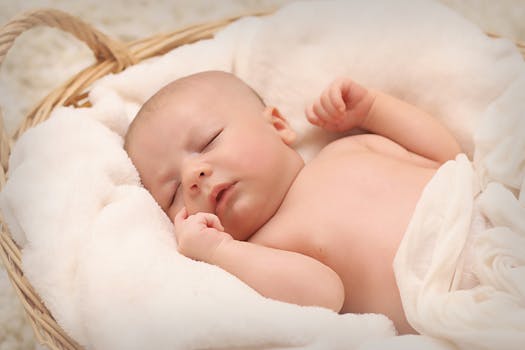Modern parents want to raise their children in a healthier world, and that starts with the choices we make every day. Sustainable parenting isn’t about perfection; it’s about making small, mindful changes that reduce your family’s environmental footprint. From the diapers you choose to the toys your little one plays with, every decision counts. The good news is that living green often means living simpler, which can save you time and money. This guide from The Baby Edge offers practical, judgment-free advice on incorporating sustainable habits into your busy life.
The Diaper Dilemma: Finding Your Eco-Friendly Fit
Diapers are one of the biggest sources of waste in a baby’s first few years. Exploring eco-friendly options is the single most impactful step you can take toward sustainable parenting.
- Cloth Diapers: These are the gold standard for sustainability. While the upfront cost is higher, they save thousands of dollars over time and can be reused for future children. Modern cloth diapers are simpler than you think, often coming in all-in-one or pocket styles.
- Compostable Diapers: If cloth isn’t feasible, look for disposable diapers made with plant-based materials and fewer petroleum-based plastics. Some brands are even certified compostable, though this requires access to industrial composting facilities.
- Wipes: Always opt for biodegradable, plant-based wipes. Consider using reusable cloth wipes with water at home to drastically reduce waste.

Nursery & Gear: Choosing Longevity Over Trends
When buying big-ticket items, prioritizing longevity, safety, and materials over fleeting trends is the core of being a sustainable parent.
- Buy Used: Buying pre-owned baby gear—like cribs (checking modern safety standards), clothes, strollers, and toys—is the most eco-friendly and budget-friendly choice. Many items are used for such a short period that they are in excellent condition.
- Material Matters: Look for products made from sustainably sourced materials like FSC-certified wood for furniture, GOTS-certified organic cotton for clothing and bedding, and natural rubber or silicone for teethers and bottles.
- Choose Versatility: Invest in items that serve multiple functions, such as convertible cribs that turn into toddler beds or high chairs that convert into booster seats. This reduces the need to buy new products every year.
Reducing Waste in Feeding and Play
The transition to solid foods and the accumulation of toys are two areas where mindful consumption can make a big difference.
- Feeding Solutions: Ditch the single-use plastics. Invest in reusable silicone pouches for purees, glass or stainless steel food containers, and silicone or bamboo dishware. Using breast milk or formula reduces the footprint associated with some prepared baby foods.
- The Toy Rotation: Toddler activities often lead to toy overload. Instead of constantly buying new, implement a toy library or rotation system. Put half of the toys away and swap them out every few weeks. This makes old toys feel new again and reduces clutter.
- Community Support: Donate or sell gently used clothes, toys, and gear through community groups or consignment shops. This ensures items get a second life, completing the sustainability loop.
Sustainable parenting is a lifestyle, not a competition. Focus on where you can make the easiest, most impactful changes for your family and the planet. For more advice on eco-friendly choices and conscious living, keep following The Baby Edge.


